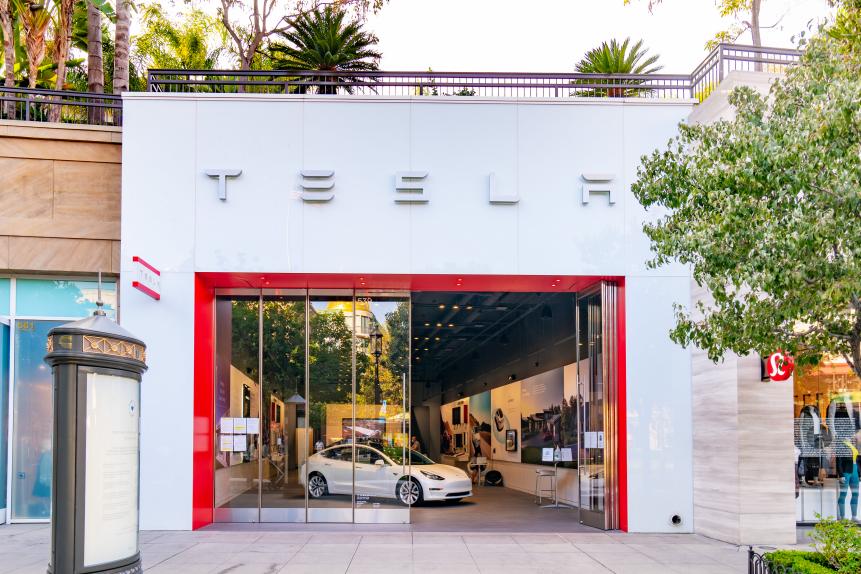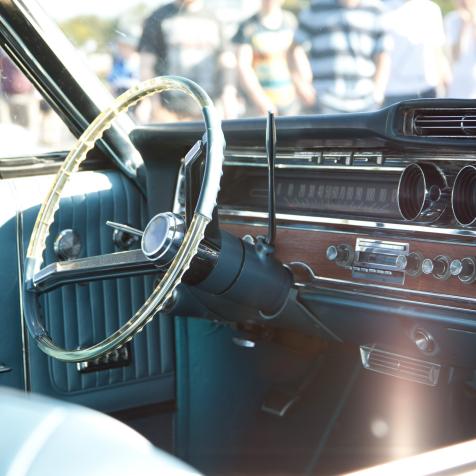
Angelika
California Proposes Ban on New Gas-Fueled Cars by 2035
If enacted, California’s mandate would be the first to prohibit new gasoline or diesel cars in the next decade.
In April, California’s clean-air regulators introduced an aggressive proposal to increase the sale of electric or zero-emission vehicles by 2026 and phase out the sale of new gas cars by 2035.
According to state officials, currently just 12% of new vehicles sold in California are zero-emission. Under the proposed rule, 35% of new passenger vehicles sold by 2026 must be battery or hydrogen-powered.
While this may seem like a big leap, the proposal aims to reduce the demand for fossil fuels to aid in California’s fight against climate change. Roughly 40% of the state’s pollution comes from its transportation sector.
California is the second-largest consumer of gasoline among the 50 states, accounting for 10% of the nation’s motor gasoline consumption in 2020.

AaronP/Bauer-Griffin
California was the first state to hit 1 million electric vehicles sold.
“This is the most impactful step our state can take to fight climate change,” said Governor Newsom while signing the executive order. “For too many decades, we have allowed cars to pollute the air that our children and families breathe. Californians shouldn’t have to worry if our cars are giving our kids asthma. Our cars shouldn’t make wildfires worse – and create more days filled with smoky air.”
If enacted by the California Air Resources Board, this proposal could pave the way for nationwide regulations. 16 states, including New York and Colorado, have already pledged to follow California’s Vehicle Standards.

shunli zhao
Electric vehicle charging station
The order would not prevent Californians from owning gasoline-powered cars or selling them on the used car market.
Environmentalists and Californians are divided over the new proposal. While some think this change can’t come soon enough, others share concerns over the impact of electric vehicles on deep-sea mining, child labor, and the national energy grid.
California is the largest importer of electricity in the United States. The state receives about 30% of its electricity from facilities outside of California, including imports from Mexico. If California completely relied on electric vehicles, it's estimated the state would require 47% growth in electricity generation to keep them charged, pushing the total demand for electricity beyond the Golden state’s capacity. This could be problematic in a state that already frequently suffers from blackouts.

Artur Debat
Trains could be the energy-efficient solution to California's transportation problem.
This transition could potentially cost the Golden State tens of billions of dollars in infrastructure to support this increase in electricity demand.
If California, and America, want to reduce carbon emissions and use less energy, their best solution is to expand train infrastructure. Passenger rail is three times more efficient than a car, and trains typically travel at faster speeds since they don’t get stuck in traffic. This is especially important in California given commuters in Los Angeles spend an average of 119 hours (almost 5 days) per year stuck in traffic.
If California wants a transportation system that is better for the environment and better for its citizens, the state is going to have to get serious about investing in infrastructure.













